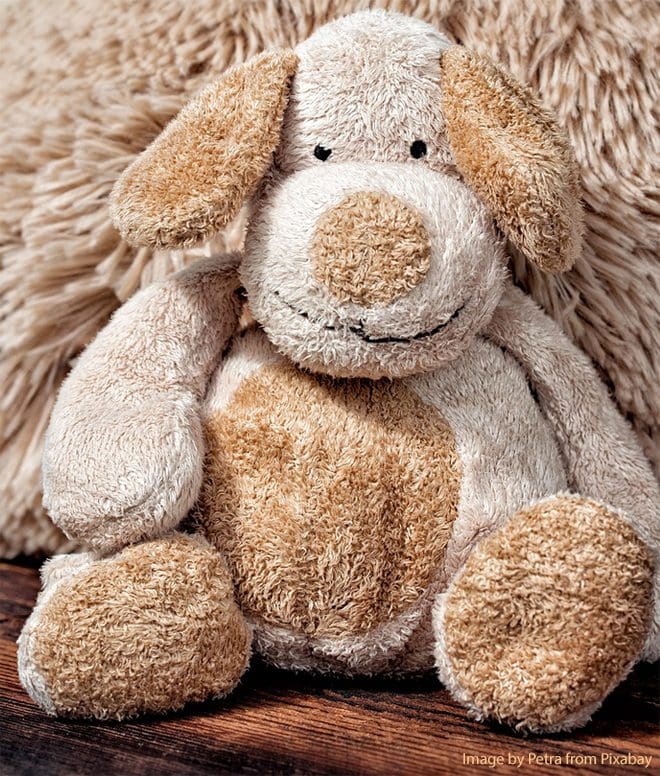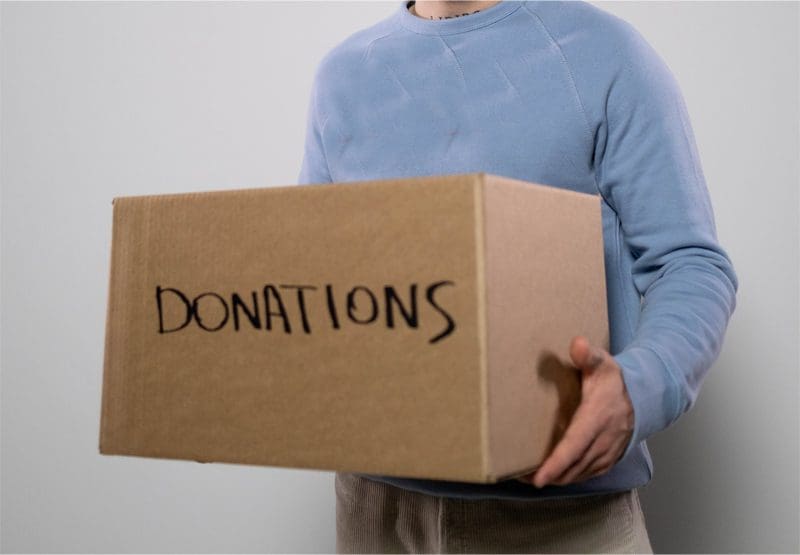Before you move, declutter kids’ stuff

by Aly Finkelstein for Houzz
Believe it or not, I have found that kids like to be organized just as much as adults do, and involving them in the moving process can be fun, rewarding and beneficial for all. But if your kids are like most of the kids I know, they are attached to their stuff — stuffed animals, trading cards, party favors, gum — so purging, packing and moving it can be a challenge. This six-step method can make it easier.
Make Piles of Toys
Young kids love to help, and they love to feel like they are being treated like an adult. First, tell them that you need their help and that you want to sort their belongings into piles.
Start with the toys. Pull all of the toys out and lay them on the floor. Then sort the toys into three boxes: keep, toss or donate.
Make sure the things you are keeping are the toys your kids like and use the most. Puzzles with missing pieces and party favors no longer used should be tossed or donated.

Sort the Toys You’re Keeping
Once you know what toys you want to keep, it is important to subdivide the keepers into like sections. For example, put all of the characters in one pile and all the crafts in another pile. Cars with cars, trains with trains, and so on. Don’t be upset if you end up with a miscellaneous pile; this happens to me all the time.
Put each group into its own container.
Tip:Â Use uniform containers so they can be easily stored and stacked during the moving process. Clear containers are also helpful so the children can see the contents without opening any lids.
Reconsider the Odds and Ends
Once the major groups are formed and stored, you will see that you have small random objects that don’t fit into the main categories. If they don’t have a home or serve a purpose, I recommend trying to get rid of them.
If you don’t feel comfortable donating or throwing these things out right now, put them in a bag and store them away from the keepers. You can revisit them at the end of the packing process to see if they are still worth keeping. You may find that after a short separation, you don’t really want them after all.

Donate What They Can Part With
Ask your kids which toys they would be willing to donate to children who don’t have as many toys as they do. Phrase it like this: “We are going to make bags for donation to children who are not as fortunate as you. Can you please help by putting the things you don’t play with anymore in this box?†In my years of being an organizer, I have never asked a child older than 4 this question without their parting with at least some of their toys.
Many local charities will come and pick up donation items. I recommend setting up a time to do this and leaving the donations in a designated area of your home until pickup. Having to take the items to a local charity can be overwhelming, as it adds another item to the moving to-do list.
Label What’s Left
If your child is school age, I suggest letting him or her write the labels or use a label maker. My kids love the label maker so much! Printing and sticking the label on gives them a sense of pride.
The more you are able to divide and label, the easier it is to find what you are looking for later. In every project I work on, I have toy bins, but I also use a bin for batteries, lightbulbs, tape, pens and the like. These most-used items are easy to find when they are grouped together and labeled.
Tip: For younger kids, I print icons from the computer so that even kids who can’t read can help and don’t have to ask later where an item belongs.
Move On to the Next Space and Repeat
Because you started with toys, you will now need to tackle the other areas with kids’ odds and ends, such as the bathroom, living room and junk drawers.
First, walk through these areas with a garbage bag in hand. Open every drawer and cabinet and throw away the empty containers, things no longer being used and broken things. In almost every house, I fill bag after bag in these areas. You’ll find old medicines, lotions and unwanted hair products. Anything not being used must go.
Then have the kids round up anything that’s left and start at step one. Soon, you’ll have all of their belongings organized for the move.
Share your tips below!
